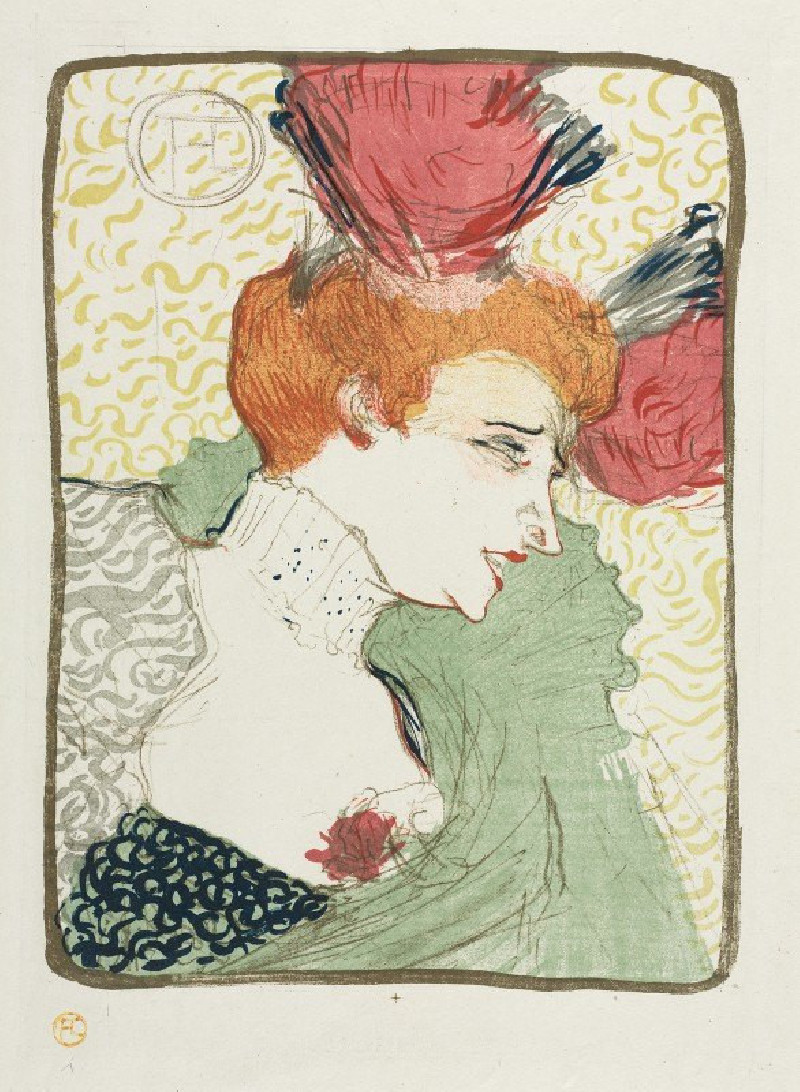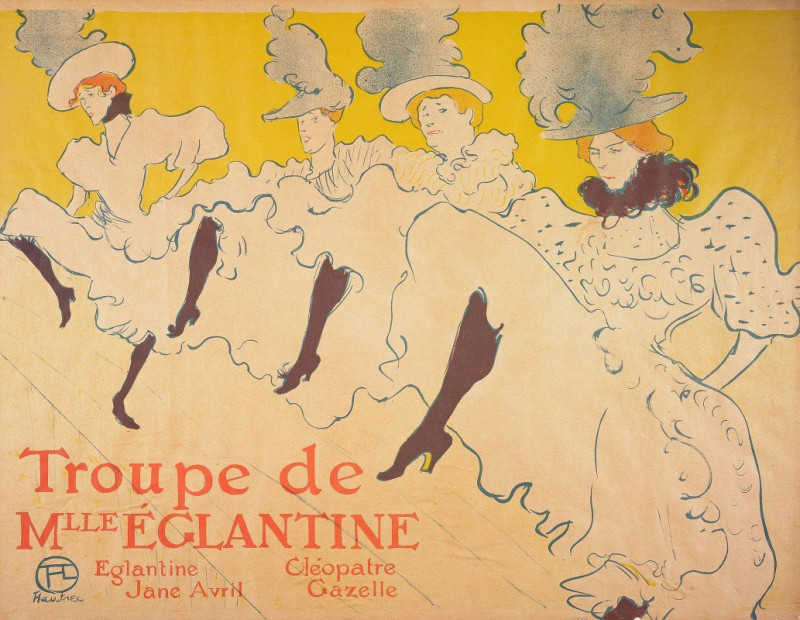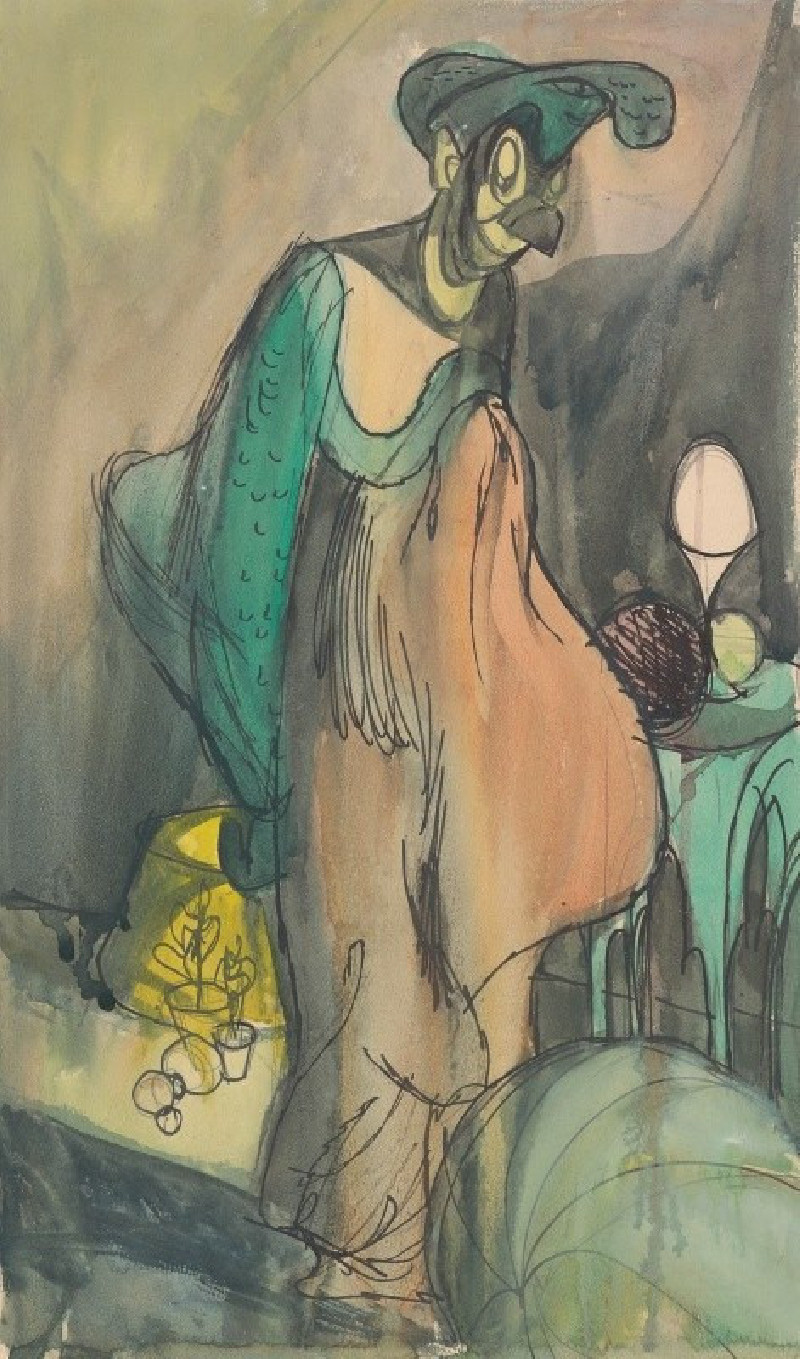Les Vieilles Histoires, Sagesse (1893)
Technique: Giclée quality print
Recommended by our customers
More about this artwork
Our latest exhibit features the captivating work "Les Vieilles Histoires, Sagesse" by the renowned French artist Henri de Toulouse-Lautrec. This intriguing piece from 1893, serves as a cover illustration for a collection of poems by Jean Goudezki, illustrating a vivid scene that encapsulates the spirited essence of the Belle Époque period.At first glance, the artwork captivates with its dramatic interplay of figures—a man in a formal suit and an elegantly dressed woman. The man, likely representing wisdom or sagesse as suggested by the title, is portrayed in a contemplative pose with one hand to his chin, seemingly lost in thought or perhaps listening intently. His gaze directed slightly downward toward the woman, whose back is turned to viewers, suggesting a dynamic of unspoken communication or introspection.Toulouse-Lautrec's choice of stark contrasts and minimal yet expressive lines adds depth and movement to the scene, reflecting the complexity of human emotions and social interactions. The background, minimal and almost fading into obscurity, focuses our attention on the characters and their undefined dialogue.This portrayal not only reflects Toulouse-Lautrec's profound ability to capture the nuances of personal interactions but also his overarching fascination with the Parisian nightlife and its denizens. The piece is a perfect testament to his masterful use of lithography, showcasing his innovative approach to color and form.We invite you to delve deeper into this exemplary work of Henri de Toulouse-Lautrec and explore the poetic and visual interplay that defines "Les Vieilles Histoires, Sagesse".
Delivery
Returns
Comte Henri Marie Raymond de Toulouse-Lautrec-Monfa (24 November 1864 – 9 September 1901), known as Toulouse Lautrec was a French painter, printmaker, draughtsman, caricaturist, and illustrator whose immersion in the colourful and theatrical life of Paris in the late 19th century allowed him to produce a collection of enticing, elegant, and provocative images of the sometimes decadent affairs of those times.














































